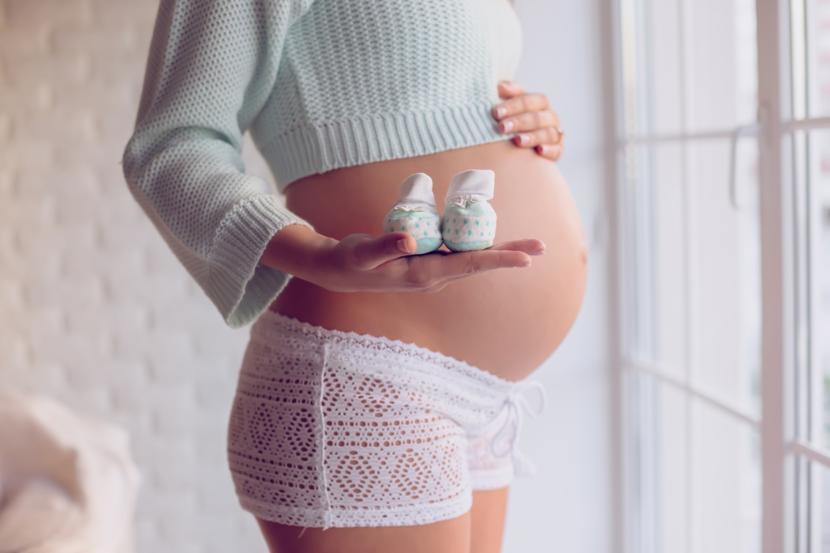How Phthalate Exposure During Pregnancy Increases the Risk of Behavioral Issues

A new study has shown that phthalates, a common chemical found in a number of consumer products, are harmful to the mental and behavioral development of children. The results of the study are published in the journal, Environmental Health Perspectives. This chemical is an important component in plastics, as it makes it more flexible and durable. They can be found in a wide range of objects, such as car interiors, floor tiles, rain coats, nail polish, and other cosmetics, synthetic leathers, and even food packaging.
This is yet another study that adds to the growing school of evidence linking the health issues in young children and phthalates. It is still unclear how phthalates affect the development in children, but some of the studies have shown that phthalates affect the levels of thyroid hormone, the hormone that plays a very important role in development of brain during the prenatal and neonatal stages. “These chemicals are supposed to act in multitude of ways, and the present study is the beginning of understanding the mechanism of action in a better way," says researcher Robin M. Whyatt, DrPH, deputy director of the Columbia Center for Children's Environmental Health at Columbia University.
In this study the researchers measured the level of phthalates in the mothers to be by urine analysis. Regular urine analysis was also performed for 48 mothers for six to eight weeks in the latter stages of pregnancy. Children born to these mothers were followed up and their mental development, muscular coordination and behavioral development evaluated. Results show that two common phthalates — Mono-n-butyl phthalate (MnBP) and mono-isobutyl phthalate (MiBP) — are associated with delay in the development of muscular coordination. As the concentration of phthalates increased, the developmental delay also increased considerably. In girls MnBP was found to be associated with a delay in the development of mental abilities, while in boys higher levels of MnBP was associated with behavioral issues, like mood changes, panic, whining and worrying.
Another type of phthalate, mono-benzyl phthalate (MBzP), was associated with anxious and depressed behavior. In girls, this chemical was found to cause other symptoms like headaches and stomach aches. Researchers say that the results are significant and are really consistent findings which are something to be considered seriously.
Sarah Janssen, MD, The Natural Resources Defense Council, an environmental group that supports regulating phthalates, says that this study is a further confirmation that prenatal exposure to phthalates is harmful for the developing fetus.
There are few disputes with the study as well. The American Chemistry Council (ACC), which represents the chemical industry, claims that it is difficult to accept that spot measurement of pregnant mother is associated with the behavioral problems in children. Whyatt responded that 17.6% of the children in the study had increased risk of motor development delay, 27.9% had increased risk of mental developmental delay, and these proportions are concerning. She agrees to the fact that there are multiple risk factors affecting the development of the child but the risk caused by phthalates is something to be taken care of.










